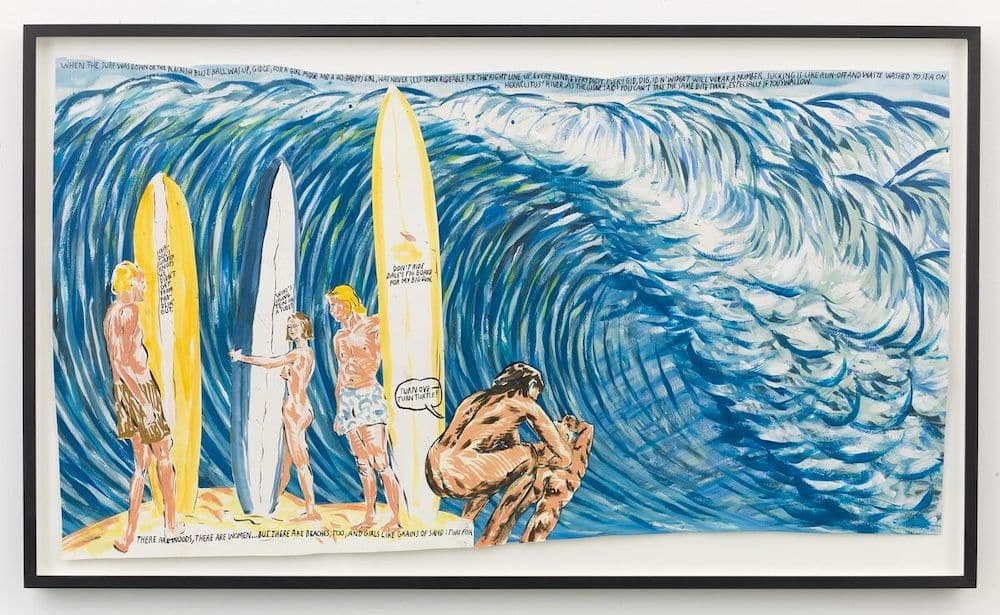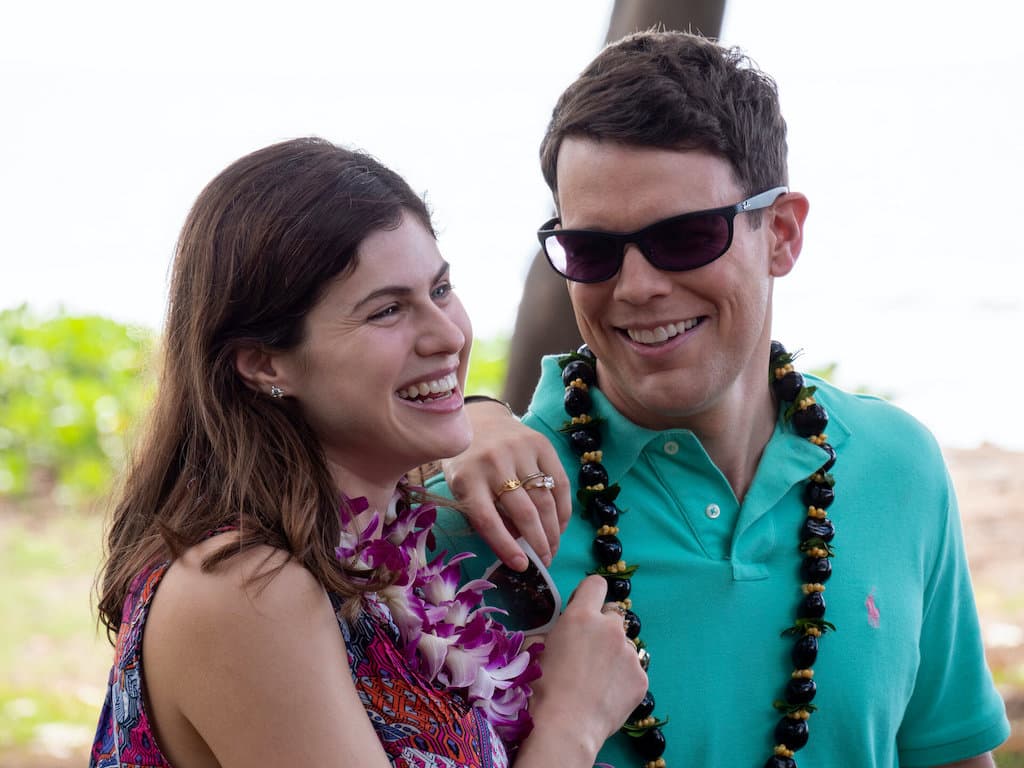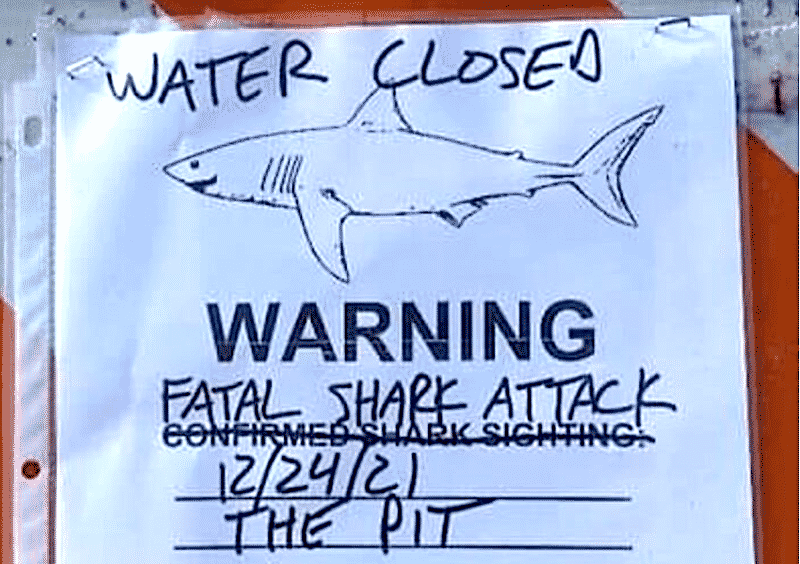"The beauty of art may be in the eye of the beholder, but the behavior we allege today is objectively ugly.”
Christian Rosa, art darling of the Hip, has been indicted for the forgery and sale of Raymond Pettibon’s “Wave” series.
According to the US District Attorney for the Southern District of New York, Rosa stole at least four unfinished works from Pettibon’s studio, worked them to completion, then sold the forgeries complete with Certificates of Authenticity through a middleman dealer.
Regarding the case, FBI Assistant Director Michael J. Driscoll said, “The beauty of art may be in the eye of the beholder, but the behavior we allege today is objectively ugly.”
A whip-sting of truth from the feds.
Rosa, 43, (real name the less charming Christian Weinberger), was schooled in Vienna and bedazzled his way through the LA and NY art scenes with his paintings, zombie formalist in style. (Roll eyes here.) Both Jay-Z and Leo DiCaprio own his works.
Until last year, Rosa typically fetched over a hundred grand, but recently the value for an original fizzled down to thirty, tops. Rosa maybe thought forging the wave paintings would be easy money to maintain the lifestyle he had grown accustomed to.
Everyone loves surfboarding.
The forgeries were sold for over six figures each.
Enough for a down payment on a wide Riverside spread.
Pettibon, who was originally brought to fame in the 80’s through his cover art for the punk band Black Flag, was a friend and mentor to Rosa, painting each other’s portraits, sharing gallery space, and gambling at dog races.
His wave paintings, begun in 1985, typically sell for about 1.2 mil. They are noted for their simplicity, making the familiar strange, as they say.
While Pettibon’s works are noted for their simplicity, which are hardly more than elaborated school notebook daydream doodles, the style make a Pettibon wave easy to recognize.
New York-based art collector Michael Hort, who owns both Pettibon and Rosa works, says it’s not surprising that Pettibon’s wave paintings were forged.
“Pettibon is easy to knock off. They’re easy to replicate. They are not that complicated, though you keep going back and finding new things to look at.”
Experts certainly did find things to look at. It wasn’t long before examiners sniffed out irregularities in the pieces. Artnet described the forged paintings as having “seemingly strange yellow-greens blended into Pettibon’s normal cobalt blues” misplacement of text, and a too-careful signature.
Basically, Rosa was sloppy, the criminal’s mortal sin.
According to the official indictment:
Untitled (“It was the Moment . . . ”), 2013, 100 cm by 155 cm:

Untitled (“Drop in . . .”), 2011, 80 cm by 60 cm:
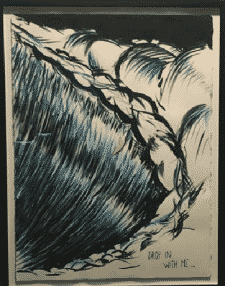
Untitled (“Bail, or bail out . . .”), 2012, 115 cm by 163 cm:

Untitled (“If there is a line . . .”), 2016, 118.1 by 208.3 cm:
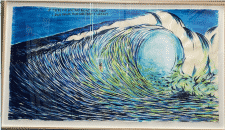
Rosa fled to Portugal in February but has now been dragged back to the states to await trial.
He could face up to 20 years in the bullpen if convicted.



